Detecting Medieval Sites (Story 3) - Empty Trip To Taborov
The site did not correspond to what little I had already learned from the archaeological book on Chernyakhov Culture: presence of rich soil and natural shelter from the winds, besides the water source. Neither the site was suitable for the hill-fort type of the medieval settlement of the later Kievan Rus Culture: it had no protection from the attacking enemies. The hilly area across the river seemed to be more suitable for that.
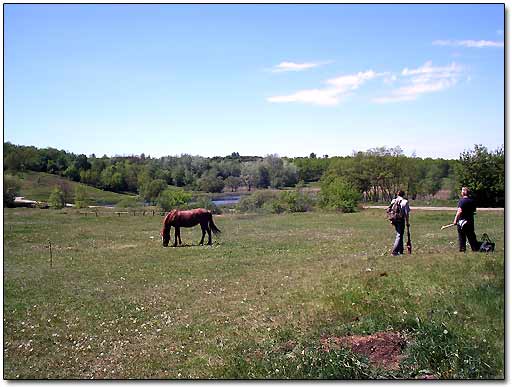
Obviously we had a problem. Up to this point of our outing, Dima and I let Aleksei be in charge. Now it was time to change the rule. I asked both Dima and Aleksei to look at their topo maps and confirm that we were at the right spot.
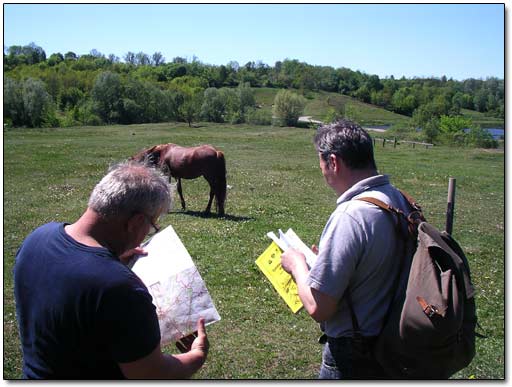
I was not surprised when Dima checked his map and said that we were not where we were supposed to be. When I looked at the map, I knew it was true: we were five miles off! At least, the archaeological book, which Dima brought along, listed one of the hills across the river as the former Kievan Russian settlement's site. Well, too bad because we could see the houses and vegetable patches on top of that hill.
Now it was time to take a five-miles hike to the right spot. It was painful due to the heat and mosquitoes. Oh man, what pain we experienced when we got there - there was a village at the site! Dima and Aleksei were demoralized. They wanted to get back home.
A passer-by told us that the bus to Skvira was supposed to come by in two hours. To extinguish my frustration, I left my backpack with the guys and went exploring the surroundings. I found a large empty lot with a cross in the middle of it - a sign of the former church site. Apparently the church disappeared for some reason at some time.
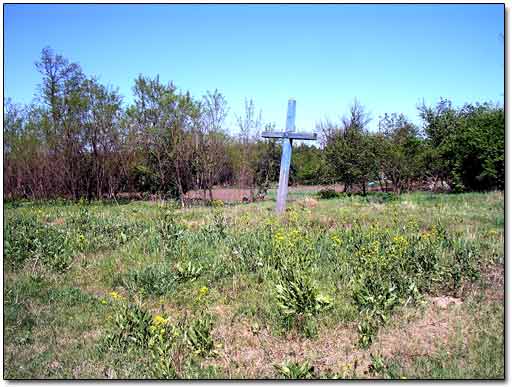
I walked just a little further to the edge of the village where the vegetable gardens ran down the steep hill to the riverbank. I noticed more abandoned houses and, to my excitement, the market garden behind one of them was plowed and was not planted with vegetables! I felt more adrenalin rush when I noticed many fragments of the old pottery in the soil!
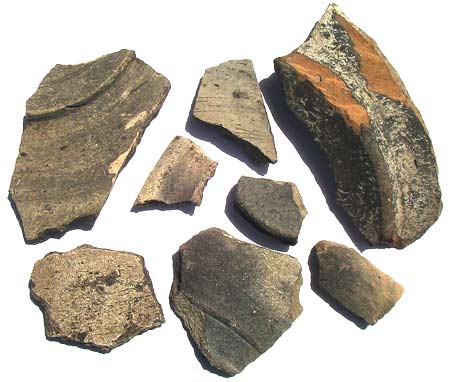
I ran back to the guys, told them about my discoveries and showed them the shards. Finally they smiled. We grabbed our stuff and rushed to the site to have one hour of metal detecting.
One hour went by fast. We did not have any luck in finding something cool. Considering how long the village had been there, one can imagine how many layers of modern junk one had to get through before hitting the oldest cultural layer. The only old thing I found was a musket ball.
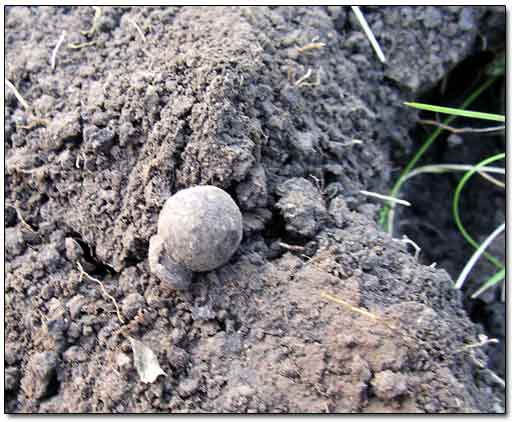
The moral of the story of this type is always the same: RESEARCH, RESEARCH and RESEARCH! Overall, it was great to have some metal detecting exercise and "warm-up" a little.
On the Bus Back to Skvira
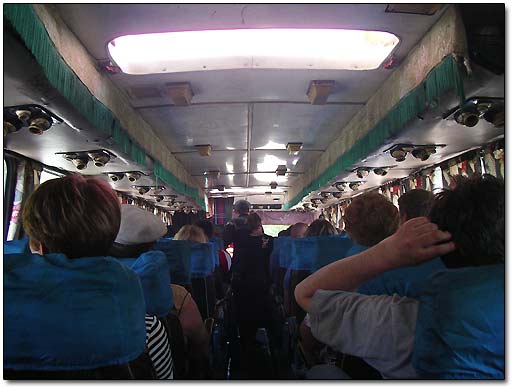
Soon we would have to be in a good shape to overcome heat and lots of digging for fantastic results.